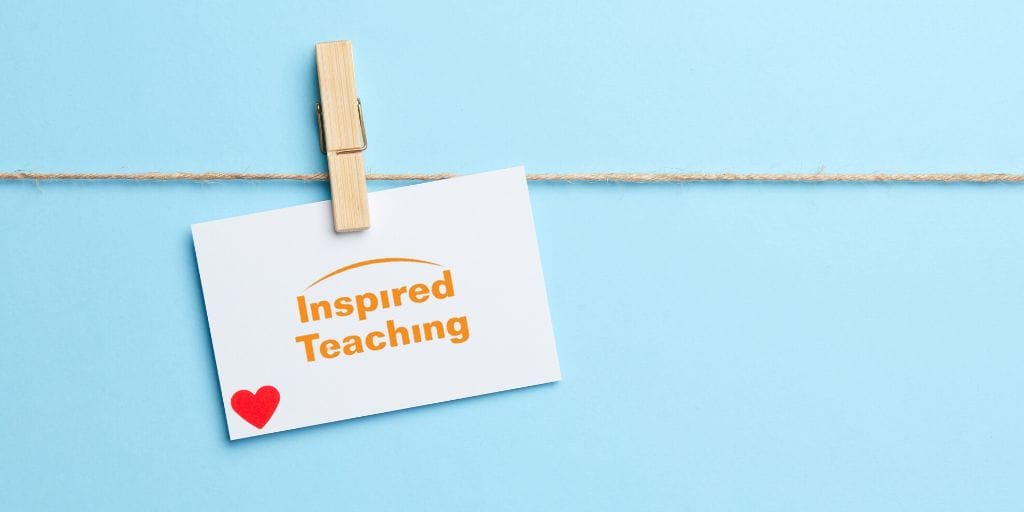Our Inspired2Learn collection was created as a resource for teachers to use during the upheaval of the pandemic. It has since evolved into an ever-growing library featuring dozens of FREE activities designed for easy implementation.
Created by: Jenna Fournel
Discipline: Literacy
Age level: Good for all ages.
Time: Half an hour to an hour, can be done multiple times throughout the week.
Materials: Paper, envelopes, markers, crayons, pencils, pens, stamps
Students learn many things in school, and while we don’t tend to focus on the social aspects of their education as much as the academics, learning to connect, cooperate, support, and build friendships with peers may very well be some of the most important things they gain from their preK-12 experience.
As most schools move to remote learning across the country, social skills will likely take a back seat to academics. And even in our communities, the opportunities to connect with other children in our neighborhoods, on playgrounds, or in after school activities are off limits.
But there are ways to keep practicing kindness and connection, even as we stay 6-feet apart. Over the next three days we’ll share activities that provide opportunities to talk with your learners about people outside the space you’re currently inhabiting, and to think about how our actions can still have a positive impact on others, even if we can’t be together face-to-face right now.
What to do:
Write Letters: Letter writing (of the pen and paper variety) is a great way to build writing skills, with a purpose. Learners can write to classmates, family members, teachers (past and present) neighbors, etc. Consider making letter writing a part of your daily routine, and see how exciting it feels to receive letters back. This is a particularly lovely way to support members of our family and community who may feel very isolated during this time. Starting a letter exchange gives everyone something to look forward to and do. Why mail letters when email is faster? You can do email exchanges too, but particularly for emerging writers the physical act of writing with a pen or pencil on paper is better for learning.
Say Thank You: Talk with your learners about the people who are keeping things running for your family from the mail carrier, to the trash collectors, to the store clerks, to the teachers who are transforming their practice to keep connected to their students. Have your learner write thank you notes to these people, and you can add to them too! Then either mail them or share them directly with these community members.
Modifications
Noting that these activities involve writing, and you may be working with young learners who don’t know how to write yet, pictures work just as well. Or you can have your learners dictate to you while you write what they want to say. But have them be as involved as possible in the act of writing; so even if you write down what they say in a thank you card (for example), have your child put on the stamp and put it in the mail so they feel very much a part of the process.
Inspired Teaching Connection
These activities tap into the social emotional learning that is central to the Inspired Teaching approach. Learners are driven by Purpose, Persistence, and Action to create writing and art that has an audience and reason for being. In the conversations you have with learners as they create these things, you can engage them deeply in the Wonder-Experiment-Learn Cycle by having them observe the impact their actions have on others (i.e., When you write a letter to Grandma and you get one back, what do you notice about how that made her feel?)
See our instructional model here.

